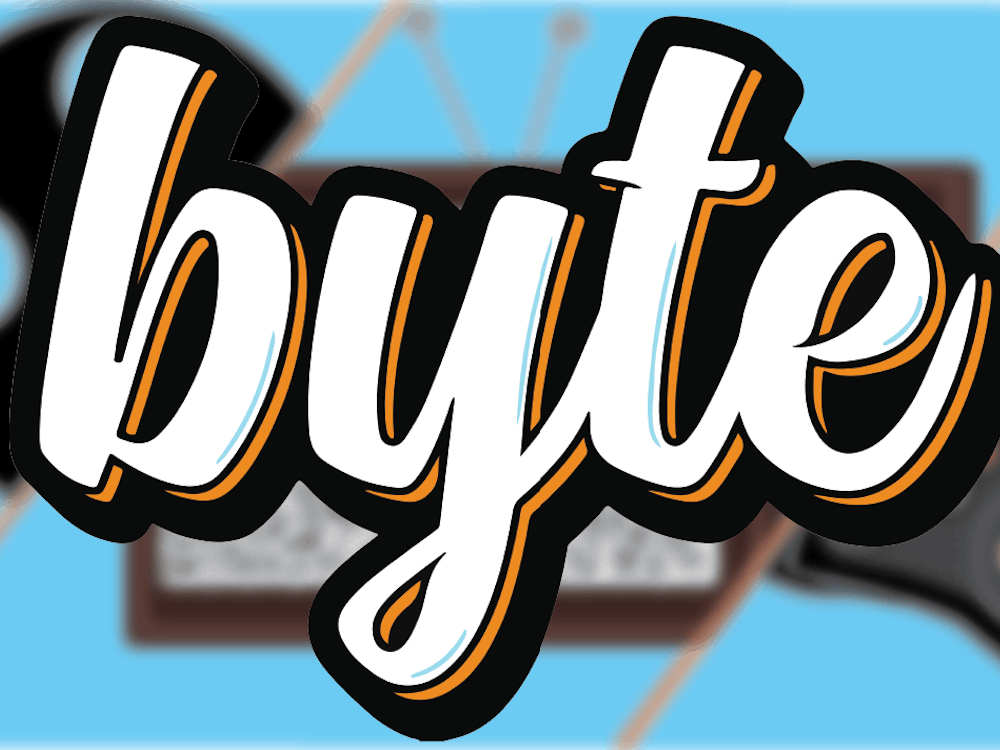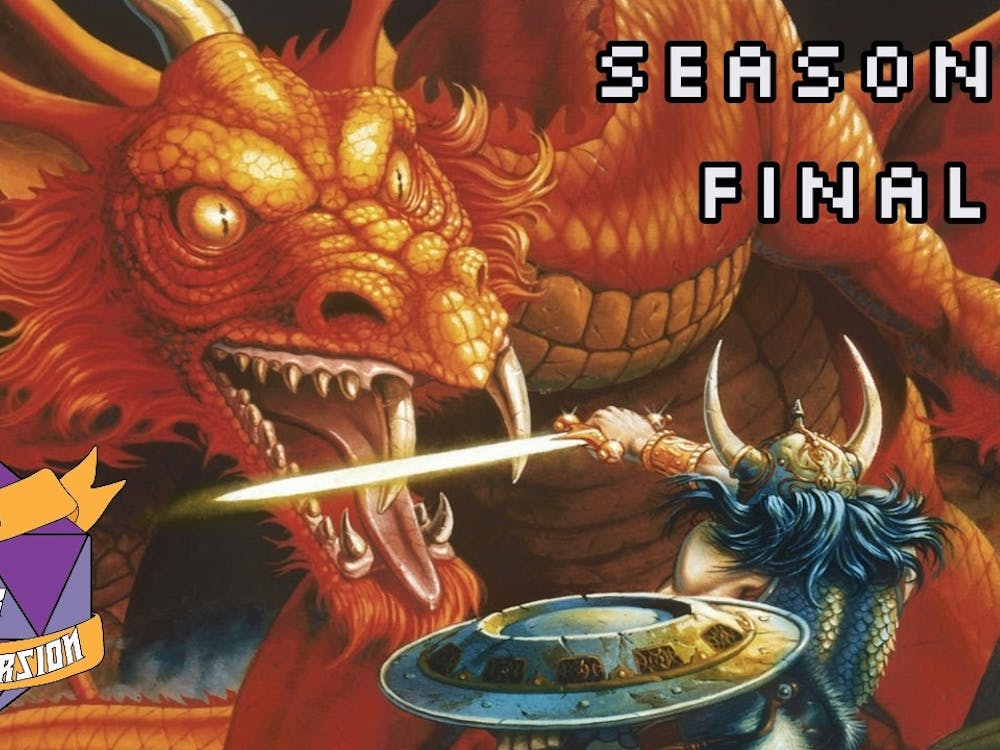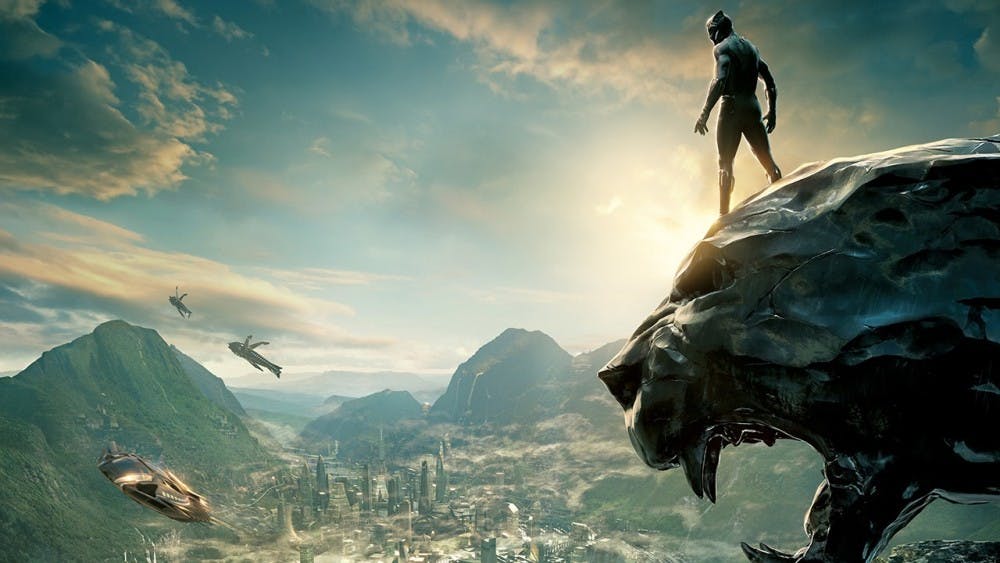Wakanda is not a real country. But what’s important is that it could have been, which is one of the core messages behind Black Panther that makes the film so poignant, especially at this moment in history. In the film, the fictional country features an amalgam of African cultures and traditions, with Wakanda representing what might have been in the absence of the violence of colonization.
Wakanda’s history is explained as the movie opens. After a meteor hit the African continent, it affected the plant and wildlife, along with creating the largest deposit of vibranium on Earth. Around this resource, five tribes united to create the kingdom of Wakanda.
Religion

Image from Aeromental
The panther goddess Bast (or Bastet) originally led the people of Wakanda to the heart-shaped herb, a plant effected by the meteor that gives those who eat it the power of the Black Panther—enhanced sight, speed, and strength. Bast is worshipped as a goddess of cats, warfare, and as a protective figure. Attributed to the Egyptian pantheon of gods, this is a good reminder of the fact that Egypt is in Africa, and for millennia was ruled by Africans before that dragon called colonization came around.
One tribe of the original five split from Wakanda. The Jabari instead went to the mountains, worshipping an ape god called Hanuman. Hanuman is a Hindu deity, but one whose influence is multicultural: Hanuman is also found worshipped in Indonesia, Thailand, Malaysia, and Africa, considering the Indo-African cultural exchange throughout centuries of history.

Image from Firstpost
So when the Jabari chieftain M’Baku says that he’s joking, the Jabari are vegetarian, considering the Hindu influences behind Hanuman, he’s probably serious in saying that the Jabari tribe is vegetarian.
Wakanda is ruled through pseudo-tribalism via the council of elders being made up of representatives from the original tribes, and their practices in the transference of power being largely based on traditional rituals with strong shamanistic elements. Zuri is the holy man of the film, he oversees the ceremonies and the nursery where the heart-shaped herb grows.
One element of shamanism is the veneration of ancestors, which is shown in Black Panther via T’Challa visiting his father and other former kings in the spiritual plane.
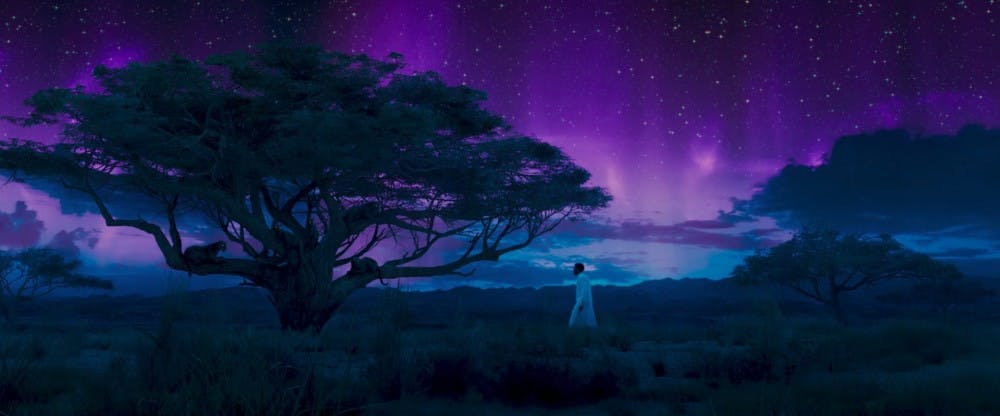
Image from the Disney Wikia
Costume design with diversity in mind
The diversity of African peoples being represented in Wakanda was most evident visually. Black Panther is a gorgeous film, but costume designers Ruth Carter and Hannah Beachler did serious research in terms of showing that Wakanda is made up of several tribes, each with their own unique style.
Twitter user @diasporicblues gave her followers a lesson on the African inspirations behind the costume design in Black Panther.
Nakia’s tribe’s elder wears a lip plate featured in Mursi and Surma cultures, which reside in Ethiopia. Wakanda’s fictional location has shifted over the decades it has been featured in Marvel comics, but typically it is thought to be somewhere in central Africa, close to Ethiopia.
The blankets (enhanced with force fields) of W’Kabi’s tribe are the traditional wear of the Basotho people in Lesotho, the country surrounded by South Africa. Lesotho is mountainous, which means it snows in the winter. The blankets the Basotho people wear are an important deterrent to the cold, and in distinguishing those who wear them, the various patterns having various cultural significance. The Basotho people are also known for their horsemanship, likely leading to the addition of the armored rhinos that W’Kabi’s tribe keeps.
Another of the Elders on the council has hair reminiscent of the OvaHimba women. In arid Nambia, the women of the OvaHimba tribe put a paste made of butter, fat, red ochre, and herbs in order to protect their skin. They plait their hair and put in the otjize paste, leaving the ends to puff out.
Queen Mother Ramonda first greets her son T’Challa wearing a 3D-printed dress and a Zulu headdress, which is called a isicolo.
The Dora Milaje are the elite, all-female fighting force who protect the throne. Their armor and spear-usage is inspired by the Maasai warriors of East Africa. The Dora Milaje are inspired after a real all-female military unit from the 1600s in Dahomy, present-day Republic of Benin.
When Erik Killmonger was in the museum in London, he pointed out several bronze heads, which are typically associated with Benin Kingdom. In 2016 one bronze Benin artifact was removed from the College of Cambridge after student protests. The idea repatriation of African art was clear throughout the scene, as Killmonger criticizes the plundering of African artifacts by museums in white countries. Ultimately, Killmonger takes a mask inspired by an Igbo Mgbedike mask, which typically feature horns and teeth.
Killmonger’s scars over his body are referential to the scar tattoos of the aforementioned Mursi and Surma tribes. And while it’s not based in African culture—has anyone else noticed that Killmonger’s armor looks a lot like Vegeta’s from Dragon Ball Z?
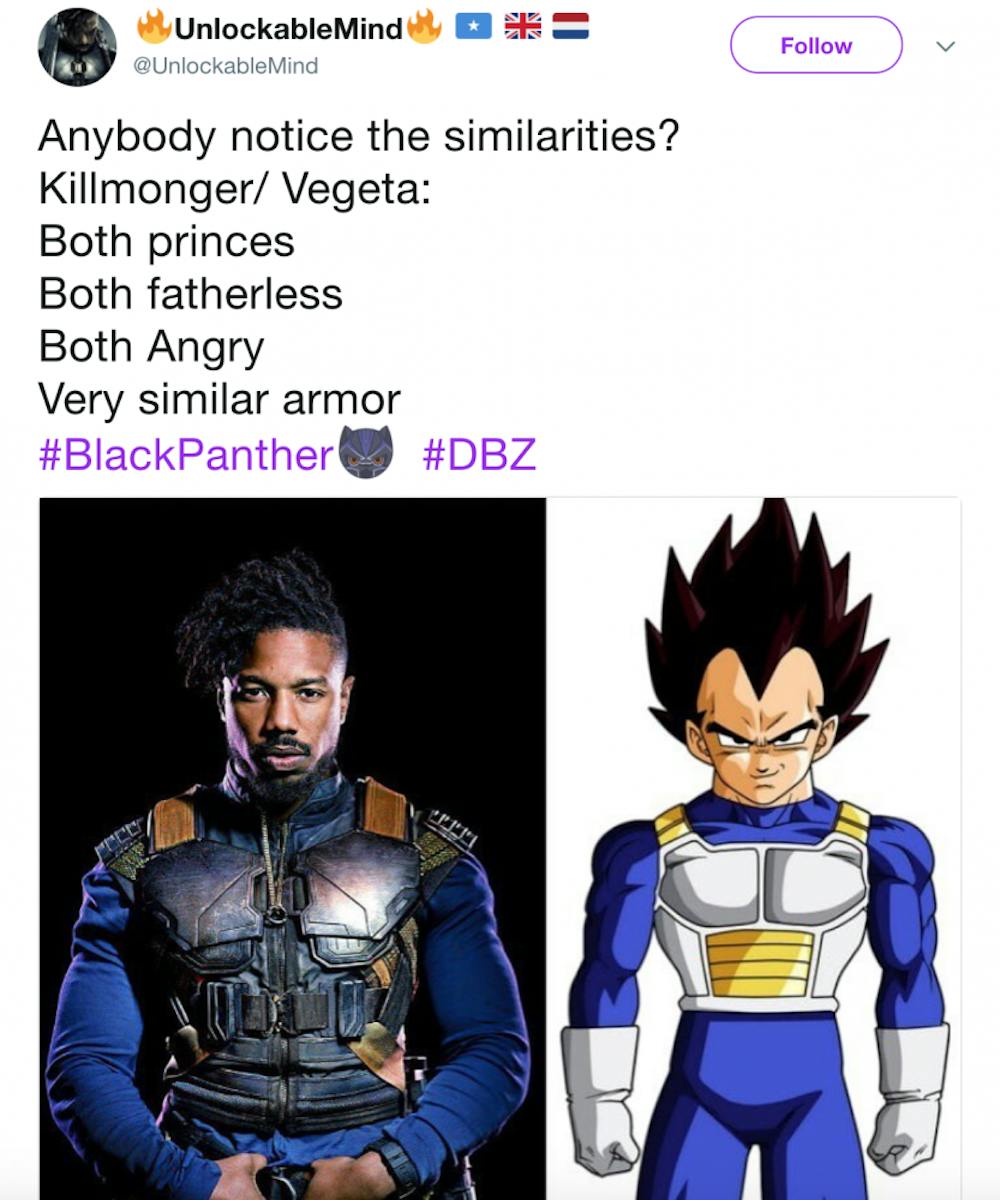
Perhaps it’s a connection to Micheal B. Jordan’s secret love of anime.
Vibranium is actually uranium
The largest deposit of vibranium—perhaps the most powerful substance on earth—is in Wakanda. Back when Stan Lee and Jack Kirby were first writing about Wakanda, the largest deposit of uranium in the world—considered one of the most powerful substances, especially at the time—was in the Congo, in Africa. Coincidence? Give them more credit than that.

Image from The SciFi Stack Exchange
The Shinkolobwe mine produced the uranium used in the bomb dropped on Hiroshima. In 1960, the French colony known as the Belgian Congo became the Democratic Republic of the Congo.
Written and spoken Wakandan
Xhosa is one of the official languages of South Africa, and evidently one of Wakanda’s. The distinctive clicks are difficult to master, but it was used both in Black Panther and back in Captain America: Civil War when T’Challa and his father T’Chaka would speak to each other. John Kani, who speaks Xhosa, taught Chadwick Boseman how to speak it for his role.
In the film, whenever text is featured on screen, it is translated from Wakandan. The lettering is inspired from Nsibidi script used in southeast Nigeria, but colonization has reduced it’s use.
“Coloniser”
Wakandans call white people “colonisers.” This is tied to the fact that via isolationist policies and hiding their resources, Wakanda managed to avoid being colonized, a fate most of the African continent fell to.
The colonization of Africa by Europeans is a history of genocide and slavery. Colonization ultimately destabilized and disrupted Africa’s development. Africans were exploited and enslaved under colonial rule. Wakanda is the fictional exception, having been able to use its resources for its own peoples’ interests and develop without influence or, more accurately, the violence of European invasion.
The detrimental and destabilizing effects of colonization is what motivates Killmonger’s hatred. He asks, “Where was Wakanda?” when his mother’s ancestors were enslaved, when colonizers were carrying out genocides in Africa and abroad.
Pan-Africanism, the movement and idea that all people of African descent are united by it, is one of the most powerful themes throughout Black Panther. Killmonger feels a responsibility to the “two billion people who look like us” and therefore feels Wakanda has a responsibility to the crimes perpetuated against people of color.
Black Panther, specifically Killmonger, pulls no punches in reminding everyone of the long, long, long history of the subjugation of black people from the Atlantic slave trade to the racism that clearly persists today is purportedly progressive countries like the United States.
In my experience as a white college girl in a Midwestern state accustomed to seeing people who look like me filling out the cast of multi-million dollar Marvel movies, I can’t personally speak to how important this film is for the black community. So I’ll let the tweets speak for themselves:
Sources: CinemaBlend, osu.edu, Quartz, and Religion News
Images: The Points Guy, Aeromental, The SciFi Stack Exchange, the Disney Wikia, Firstpost, and Twitter
For more entertainment related content, visit us at Byte Bsu!













